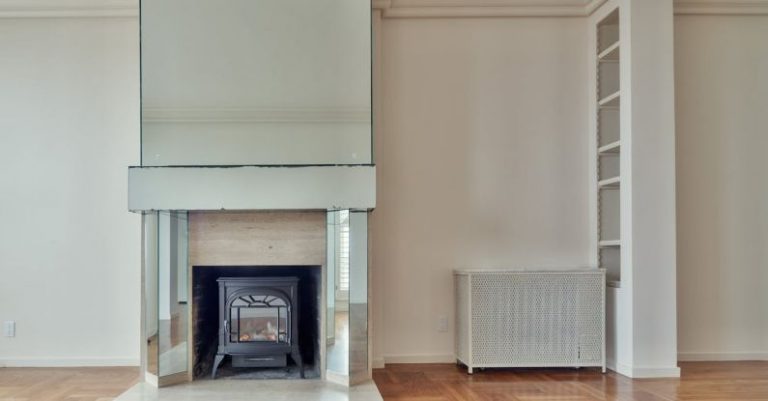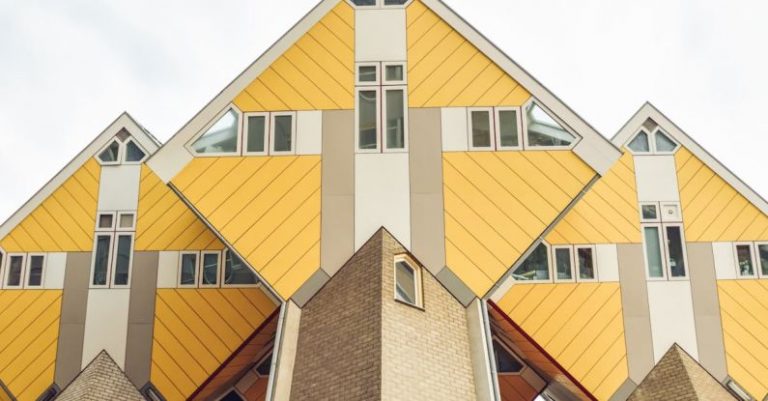
In the ever-evolving world of architecture, trends come and go, but some styles have managed to stand the test of time and remain popular in today’s design landscape. From minimalist modernism to rustic farmhouse aesthetics, architectural styles continue to shape the way we build and inhabit spaces. Let’s delve into some of the most prevalent architectural styles that are in vogue today.
Contemporary Design:
One of the most popular architectural styles today is contemporary design. Characterized by clean lines, open spaces, and innovative materials, contemporary architecture emphasizes simplicity and functionality. Large windows and an emphasis on natural light are common features of contemporary homes, creating a seamless connection between the indoor and outdoor spaces. This style often incorporates sustainable elements and cutting-edge technology to create sleek and efficient structures that appeal to modern sensibilities.
Mid-Century Modern:
Mid-century modern architecture has seen a resurgence in popularity in recent years. This style, which emerged in the mid-20th century, is known for its integration of nature, functionality, and sleek design. Mid-century modern homes typically feature flat planes, large windows, and open floor plans that promote a sense of airiness and flow. Iconic furniture pieces from this era, such as the Eames Lounge Chair and the Noguchi Coffee Table, are often used to complement the clean lines and minimalist aesthetic of mid-century modern architecture.
Industrial Chic:
Industrial chic architecture draws inspiration from converted industrial spaces like warehouses and factories. Exposed brick walls, steel beams, and concrete floors are hallmarks of this style, which celebrates the raw and unfinished look of industrial materials. High ceilings, large windows, and open floor plans are common features of industrial chic spaces, creating a sense of urban sophistication and edginess. Industrial chic design often incorporates vintage furniture and industrial lighting fixtures to enhance the rugged charm of the space.
Scandinavian Minimalism:
Scandinavian minimalism is another architectural style that has gained popularity for its emphasis on simplicity, functionality, and comfort. Characterized by clean lines, neutral colors, and natural materials, Scandinavian design creates spaces that feel warm and inviting. Light wood tones, white walls, and cozy textiles are key elements of this style, which prioritizes comfort and functionality without sacrificing aesthetics. Scandinavian minimalism is known for its emphasis on creating tranquil and clutter-free environments that promote a sense of well-being and harmony.
Farmhouse Revival:
The farmhouse revival style has become increasingly popular in recent years, drawing inspiration from traditional rural architecture. This style combines rustic elements with modern amenities to create a cozy and inviting atmosphere. Wide front porches, gabled roofs, and board-and-batten siding are common features of farmhouse revival homes, which often incorporate reclaimed wood and vintage accents to enhance the charm of the space. Farmhouse revival design celebrates the simplicity and warmth of country living, offering a nostalgic escape from the hustle and bustle of modern life.
In Conclusion:
As architectural trends continue to evolve, these popular styles demonstrate the enduring appeal of clean lines, natural materials, and functional design. Whether you prefer the sleek simplicity of contemporary architecture, the retro charm of mid-century modern design, the urban edge of industrial chic, the tranquility of Scandinavian minimalism, or the cozy comfort of farmhouse revival, there is a style to suit every taste and preference. By blending timeless elements with contemporary influences, architects and designers are reshaping the built environment and creating spaces that reflect our changing lifestyles and values.





